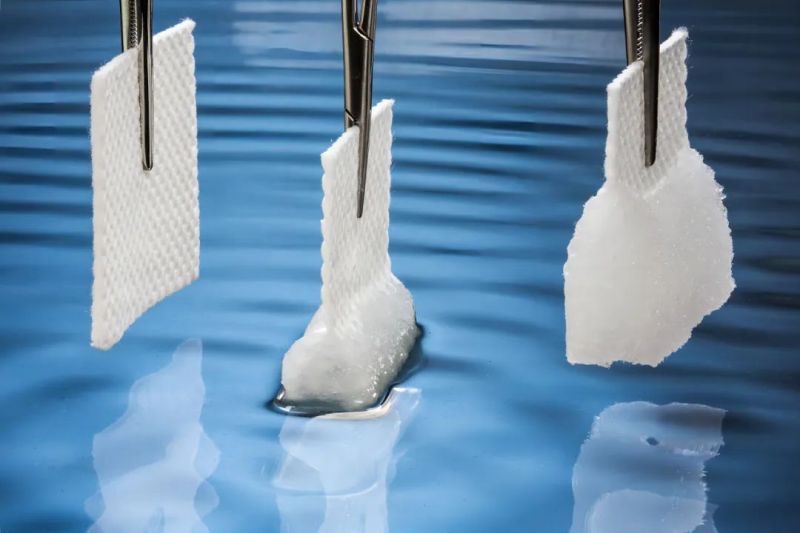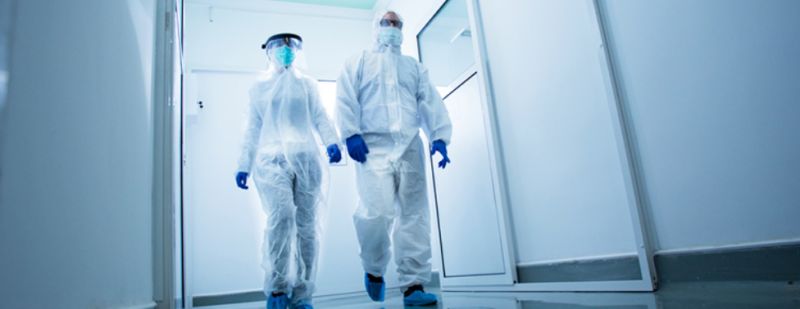The COVID-19 pandemic has brought the use of nonwoven materials such as Meltblown and Spunbonded Nonwoven into the spotlight for their superior protective properties. These materials have become critical in the production of masks, medical masks , and daily protective masks. Demand for nonwovens has skyrocketed, but their importance in the healthcare industry has been prevalent for decades. Disposable nonwovens have gradually replaced reusable medical fabrics in applications such as medical protective material gowns, surgical drapes, and masks. This shift is driven by the high antimicrobial penetration capabilities of single-use medical nonwovens compared to reusable materials.

According to the Centers for Disease Control and Prevention, approximately 1 in 31 hospitalized patients will develop at least one hospital-acquired infection on any given day. The epidemic of hospital-acquired infections can significantly delay recovery, increase hospitalization costs, and in some cases lead to death, while costing healthcare facilities billions of dollars each year. As a result, hospitals now evaluate the "cost of use" when purchasing medical/personal protective equipment, considering the long-term impact on the treating hospital. High-cost, high-performance nonwoven substrate products have the potential to reduce hospital-acquired infections and their costs, thereby lowering the overall cost of use.
Hartmann, a manufacturer of healthcare and hygiene products, is at the forefront of developing nonwoven medical products that provide dual protection for patients and medical professionals. The company's range of nonwoven medical products, including surgical drapes, medical protective gowns and masks, prioritize patient protection. They ensure that their products fully comply with European standards for medical and protective products, including the FFP2 level masks launched during the COVID-19 outbreak. Overall demand for medical nonwovens has returned to pre-pandemic levels, with the exception of masks, which are still affected by some inventory adjustments.

Going forward, demand for filtration and masks is expected to increase in the coming period. Phil Mango, a nonwovens consultant at Smithers, expects mask production to increase by 10% from pre-pandemic levels. This growth has been attributed to general population exposure, availability/price, and growing global air quality issues. In addition, people in developed countries are increasingly willing to use masks for health reasons. Therefore, the healthcare industry in regions such as the United States, Canada, China, Japan, and the European Union is expected to witness growth in the coming years. This demonstrates the positive trajectory of the nonwovens industry and its importance in medical applications.
To sum up, nonwoven materials such as Meltblown Nonwoven and Spunbonded Nonwoven have become indispensable materials in the healthcare industry. The shift toward disposable nonwovens in medical applications is due to their high antimicrobial penetration capabilities and their potential to reduce hospital-acquired infections and associated costs. Companies like Hartmann are leading the way in developing nonwoven medical products that prioritize patient protection. With the expected increase in demand for filtration and masks, the nonwovens industry is poised for growth and continued innovation.
Post time: Jan-26-2024












